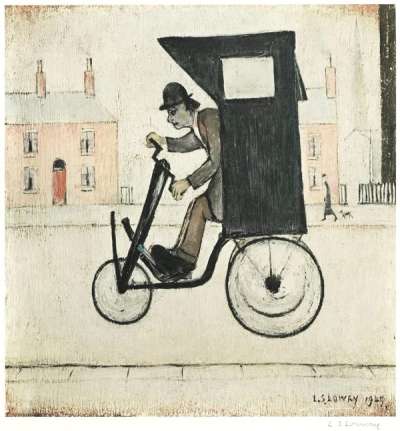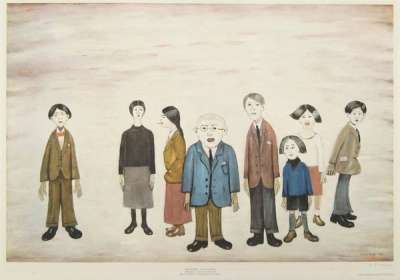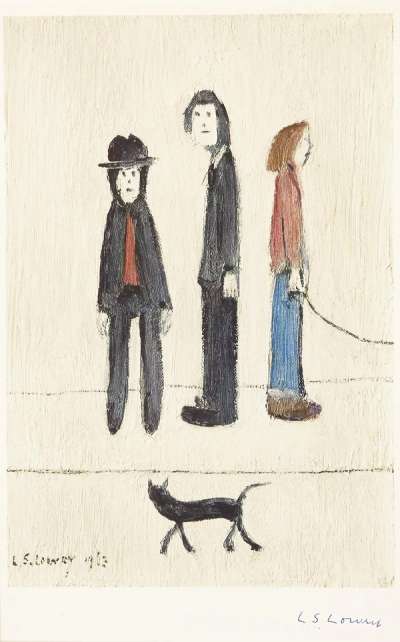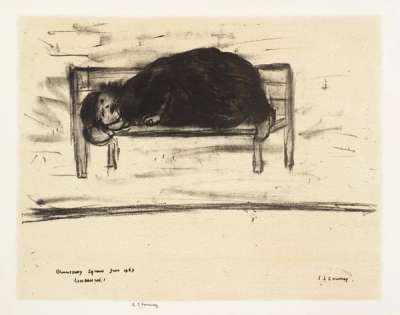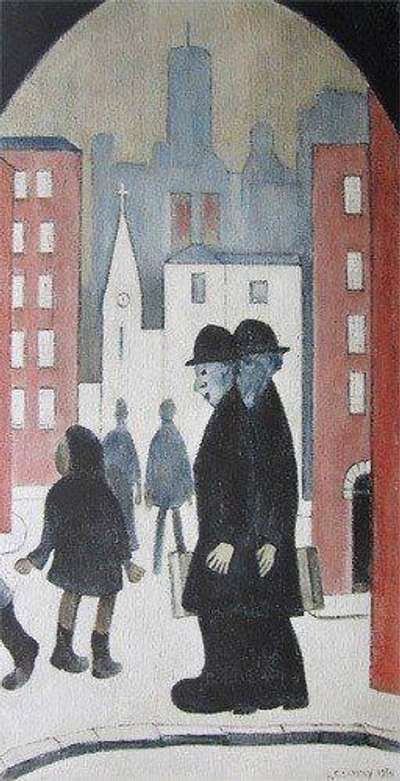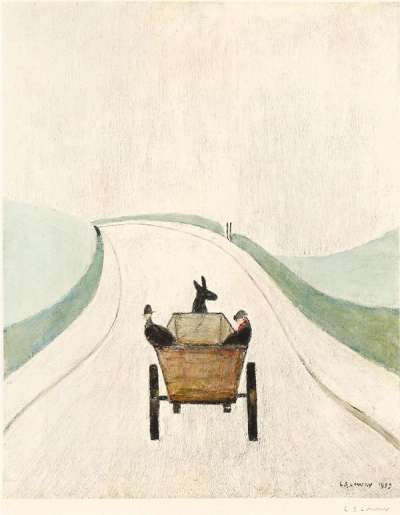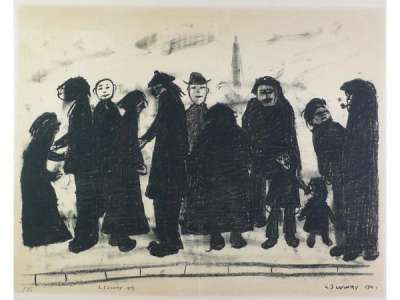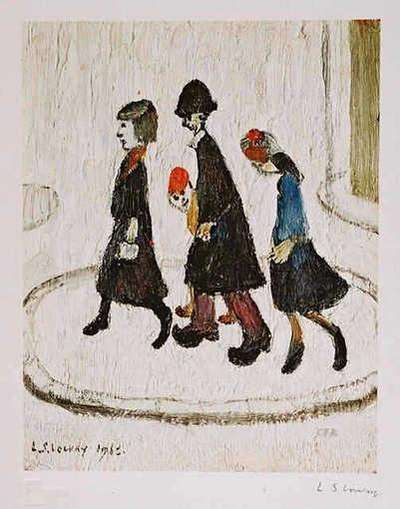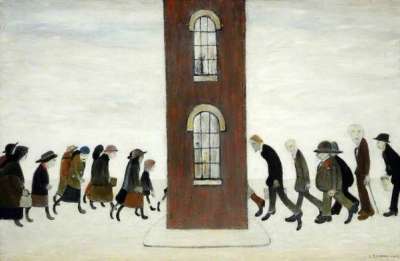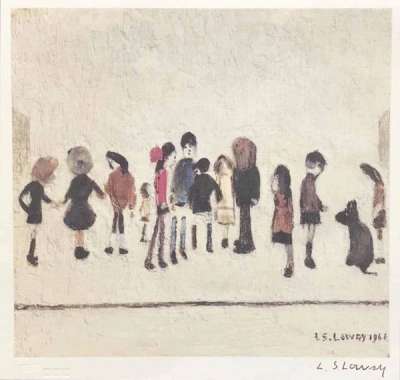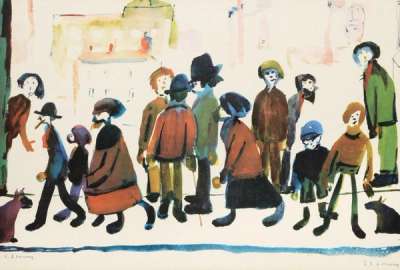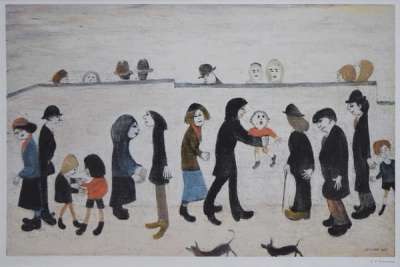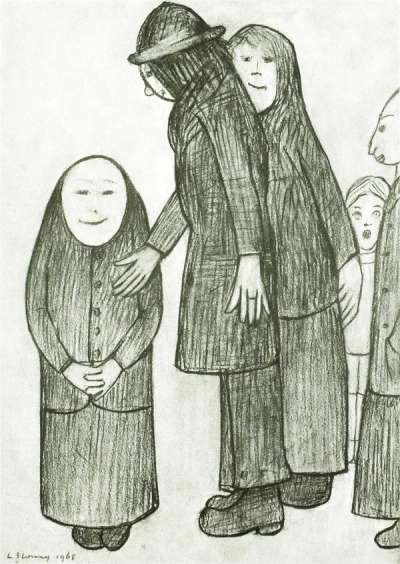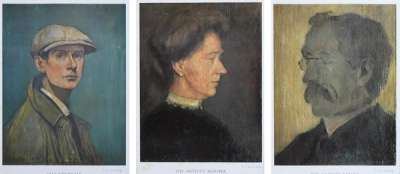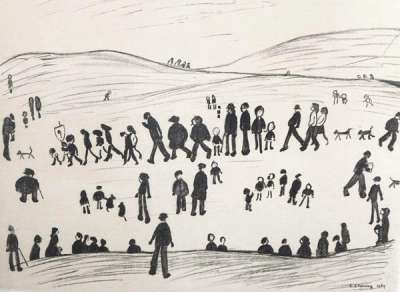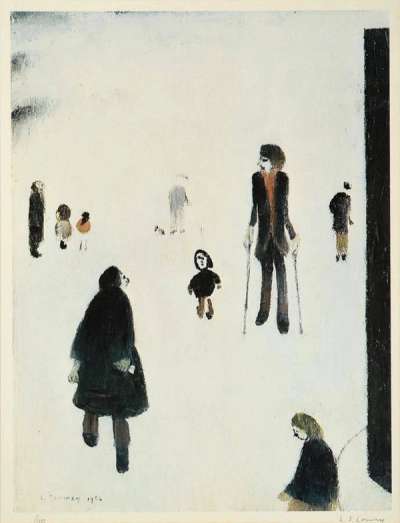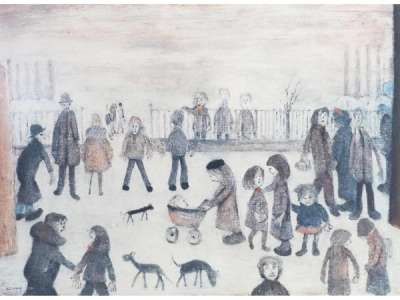
Man Lying On Wall
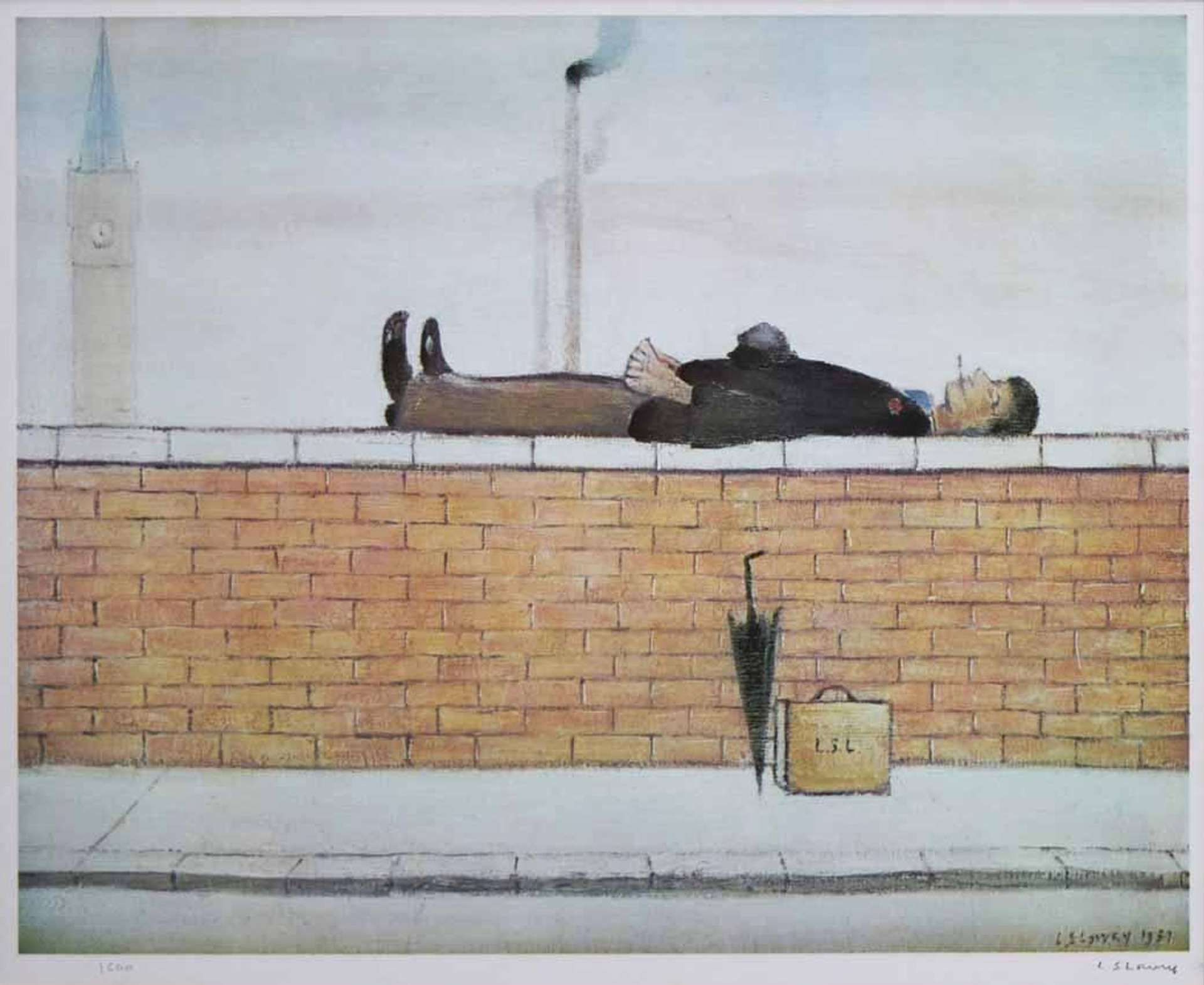
Man Lying On Wall
Signed Print
L S Lowry
£6,500-£9,500Value
Indicator
$12,500-$18,000 Value Indicator
$11,000-$16,000 Value Indicator
¥60,000-¥90,000 Value Indicator
€7,500-€11,000 Value Indicator
$60,000-$90,000 Value Indicator
¥1,240,000-¥1,810,000 Value Indicator
$8,000-$12,000 Value Indicator
AAGR (5 years) This estimate blends recent public auction records with our own private sale data and network demand.
There aren't enough data points on this work for a comprehensive result. Please speak to a specialist by making an enquiry.
Medium: Lithograph
Edition size: 500
Year: 1957
Size: H 40cm x W 50cm
Signed: Yes
Format: Signed Print
TradingFloor
MyPortfolio
Your collection tracked in real time.
Build your portfolio, manage valuations, view return against your collection and watch works you're looking for.
Track auction value trend
Auction Results
| Auction Date | Auction House | Artwork | Hammer Price | Return to Seller | Buyer Paid |
|---|---|---|---|---|---|
| February 2023 | Chiswick Auctions - United Kingdom | Man Lying On Wall - Signed Print | |||
| May 2022 | Woolley & Wallis - United Kingdom | Man Lying On Wall - Signed Print | |||
| August 2021 | Lyon & Turnbull Edinburgh - United Kingdom | Man Lying On Wall - Signed Print | |||
| May 2021 | Wilson55 - United Kingdom | Man Lying On Wall - Signed Print | |||
| December 2020 | Ewbank's - United Kingdom | Man Lying On Wall - Signed Print | |||
| May 2019 | Adam Partridge Auctioneers & Valuers - United Kingdom | Man Lying On Wall - Signed Print | |||
| May 2019 | Adam Partridge Auctioneers & Valuers - United Kingdom | Man Lying On Wall - Signed Print |
Meaning & Analysis
Man Lying On Wall is a lithograph from 1957 by L. S. Lowry showing a comical image of a well-dressed man lying on his back on top of a brick wall. The artist’s initials can be seen on the man’s briefcase, propped up next to his umbrella on the ground. As Lowry developed his style and tired of industrial landscapes, his attention increasingly turned to the people that populated his more famous works.
Alongside works like Figures In The Park and Group Of Children, Man Lying On Wall is an example of Lowry’s style that focused on small groups of figures and portraits of individuals painted on a plain white ground with little or no architectural landscape setting. The artist was insistent on the fact these portraits were all based on real characters he saw in and around Greater Manchester, often people he saw living on the streets whilst working as a rent collector.
Lowry said of this work, “People refuse to believe me when I tell them I saw a man dressed just like that, doing just that, from the top of a bus…It was the umbrella propped against the wall which caught my eye and prompted the picture. The chap was well-dressed and obviously enjoying the smoke and his rest. I couldn’t resist doing him as a subject.”
